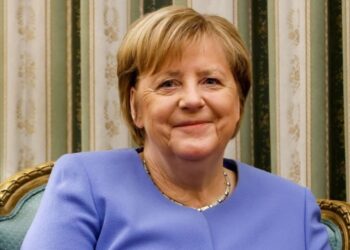Foreign exchange reserves, also called forex reserves, are, in a strict sense, only foreign currency deposits held by national central banks and monetary authorities. However, in popular usage, it also includes gold reserves, special drawing rights (SDRs) and International Monetary Fund (IMF) reserve position because this total figure, which is usually more accurately termed as official reserves or international reserves or official international reserves, is more readily available and also arguably more meaningful.
These foreign-currency deposits are the financial assets of the central banks and monetary authorities that are held in different reserve currencies (e.g. the U.S. dollar, the Euro, the Japanese Yen, the Chinese Yuan (renminbi), the Swiss Franc and the Pound Sterling) and which are used to back its liabilities (e.g. the local currency issued and the various bank reserves deposited with the Central bank by the government or financial institutions).
Here are the top 20 countries with the highest foreign exchange reserves in the world.
| Rank | Country | Foreign exchange reserves |
| 1. | China | $3.43 trillion |
| 2. | Japan | $1.41 trillion |
| 3. | Switzerland | $1.09 trillion |
| 4. | Russia | $634.90 billion |
| 5. | India | $631.95 billion |
| 6. | Taiwan | $547.33 billion |
| 7. | Hong Kong | $499.50 billion |
| 8. | Saudi Arabia | $464.11 billion |
| 9. | South Korea | $463.10 billion |
| 10. | Singapore | $417.90 billion |
| 11. | Brazil | $362.20 billion |
| 12. | Germany | $296.73 billion |
| 13. | United States | $251.80 billion |
| 14. | Thailand | $246.00 billion |
| 15. | France | $244.40 billion |
| 16. | United Kingdom | $229.94 billion |
| 17. | Italy | $226.91 billion |
| 18. | Israel | $213.03 billion |
| 19. | Mexico | $202.30 billion |
| 20. | Czech Republic | $175.20 billion |



































































































































































































